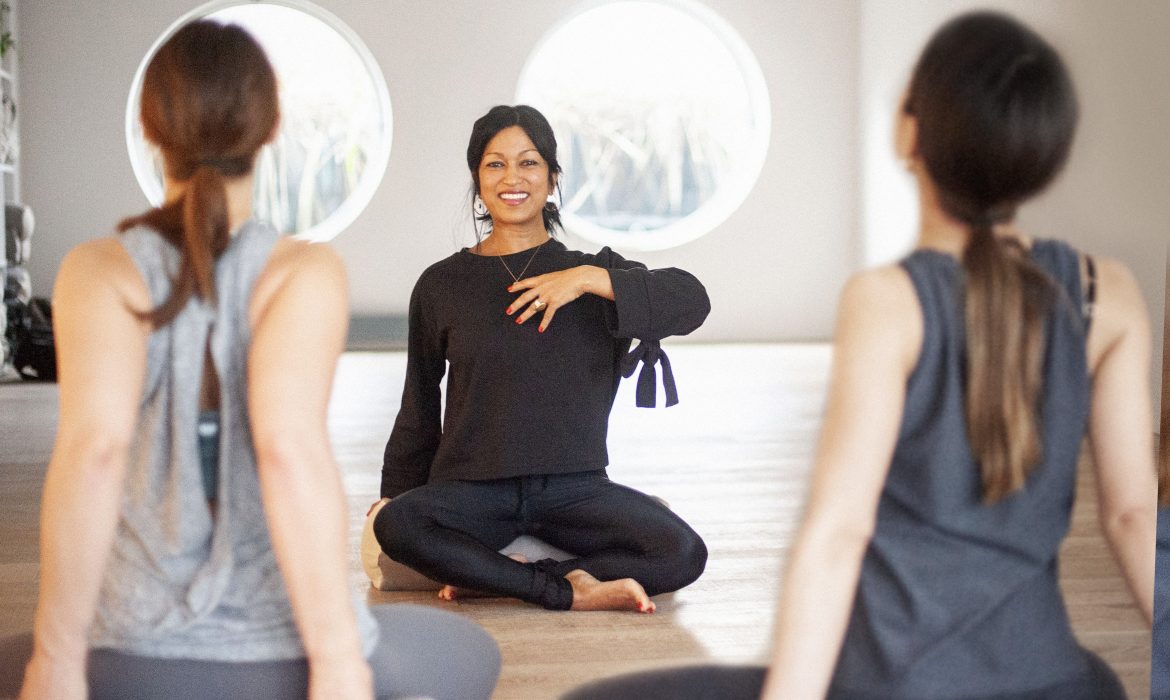Intermittent Resting: The Movement + Wellness Trend You Need to Try in 2020
We’ve all heard about the benefits of intermittent fasting for weight loss, but intermittent resting is the new wellness trend which promises a better mind. The body has genetic clocks which are influenced by the earth’s rhythms and cycles, which can impact our mental alertness, emotional state, muscle strength and coordination, amongst other things.
You have probably heard of the circadian rhythm which regulates the body’s responses to daylight and darkness and, as discovered in a study in the 1950s, divides our sleep into 90 – 120 minutes cycles of rapid eye movement (REM) and deep sleep. But, alongside its better-known partner, a study conducted in the 1970s discovered that the body also has ultradian rhythms. These are shorter cycles which occur in increments of less than 24 hours, including everything from the heartbeat to digestion, and can affect many factors such as performance, stress and healing.
Research at the Boston University School of Medicine found that the brain’s pattern of electrical activity when we are awake is similar to when we are asleep. We experience the effects of many 90 – 120 minute ultradian rhythms that regulate activity and rest during the day, so it is important to facilitate these. For example, there are periods of time throughout the day that are better suited to peak activity and some that are best for resting and restoring from that activity.
So where does intermittent resting come into all this?
Intermittent resting encourages us to take a 15 – 20 minute ‘housekeeping’ break at the end of each cycle to allow the mind-body activities to recalibrate.
“The ideal way to work is to focus for 90 – 120 minutes and then take a 15 – 20 minute break,” says Nahid de Belgeonne, founder of The Human Method, a movement system which works to harmonise the mind and body. “In our busy always ON culture, we now seem to fill every waking hour with action, especially via technology. Build in three 15 – 20 minute breaks a day, change what you do, focus on breathing, go outside for a walk or even sit in another room doing something more contemplative.”
What are the signs that you need to take a break?
Often if you start yawning and your mind drifts away from the task, or you begin to feel irritable and as though you need a good long stretch, these are signs that you need to take a break from the activity.
What happens if you ignore the ultradian rhythms?
Our ancestors lived more intimately with nature and could more easily coordinate their activities with day and night. We now live by our societal rhythms, of the alarm clock going off in the dark, early hours of winter, of working in an office for 8 hours a day, of work extending into our commute and weekends, of our downtime still being active due to technology-based habits such as Netflix, social media and so on.
All of this takes a toll on our stress levels which tips over into continual stress and then chronic stress which then wreaks havoc on all self-regulating systems of the body, such as the digestive system, nervous system and immune system, to name a few.
Nahid runs classes at the Re:Centre on Wednesdays and Fridays, The Life Centre on Wednesdays and at the Elder Press Studio on Thursdays. Available to book from thehumanmethod.co.uk/

